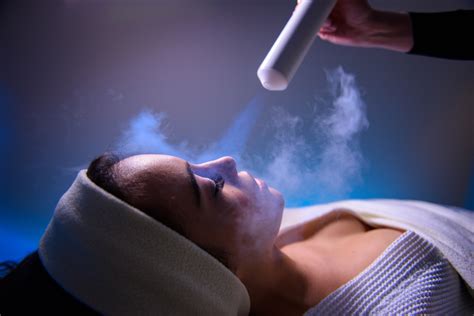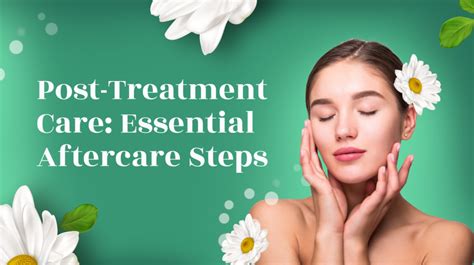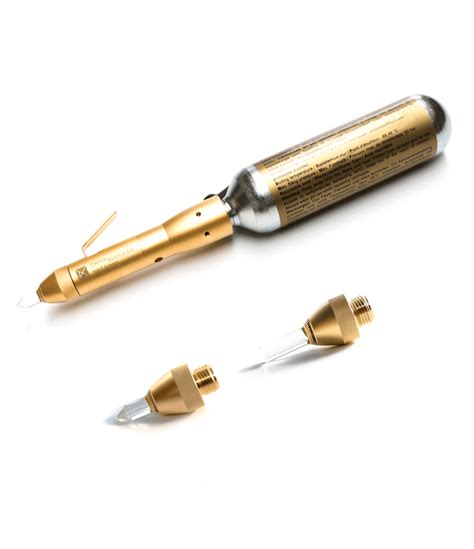Intro
Discover the power of cryotherapy in treating warts. Learn how this non-invasive method uses extreme cold temperatures to freeze and remove warts, providing a safe and effective solution for common, plantar, and genital warts. Explore 5 ways cryotherapy treats warts, including its benefits, procedure, and what to expect during treatment.
Warts are a common skin problem that can be unsightly and painful. They are caused by the human papillomavirus (HPV) and can appear on various parts of the body, including the hands, feet, and face. While there are many treatments available, cryotherapy is a popular and effective method for treating warts. In this article, we will explore five ways cryotherapy treats warts and why it's a great option for those looking for a safe and efficient solution.
Warts can be a frustrating and embarrassing condition, especially if they appear in visible areas. They can also be painful, especially if they develop on the soles of the feet or palms of the hands. While some people may try to treat warts with over-the-counter remedies or home treatments, these methods are often ineffective and can lead to further complications. Cryotherapy, on the other hand, is a medical treatment that uses liquid nitrogen to freeze and remove warts.

What is Cryotherapy?
Cryotherapy is a medical treatment that uses liquid nitrogen to freeze and remove abnormal or damaged cells. The treatment is usually performed in a doctor's office and takes only a few minutes to complete. During the procedure, the doctor will apply liquid nitrogen to the wart using a spray or cotton swab. The liquid nitrogen will freeze the wart, causing the cells to die and eventually fall off.
How Does Cryotherapy Treat Warts?
Cryotherapy treats warts in several ways:
- Freezing the Wart: Liquid nitrogen is applied to the wart, freezing the cells and causing them to die. This process is called cryonecrosis.
- Preventing the Spread of HPV: Cryotherapy can prevent the spread of HPV, the virus that causes warts, by killing the infected cells.
- Reducing Pain and Discomfort: Cryotherapy can reduce pain and discomfort associated with warts, especially those that develop on the soles of the feet or palms of the hands.
- Promoting New Skin Growth: After the wart has fallen off, cryotherapy can promote new skin growth, leaving the area smooth and clear.
- Minimizing Scarring: Cryotherapy can minimize scarring, as the treatment only targets the affected area and does not damage the surrounding skin.

Benefits of Cryotherapy for Wart Treatment
Cryotherapy has several benefits for wart treatment, including:
- High Success Rate: Cryotherapy has a high success rate for treating warts, especially those that are small and not too deep.
- Quick and Painless: The treatment is quick and relatively painless, making it a great option for those who are afraid of needles or other medical procedures.
- Minimally Invasive: Cryotherapy is a minimally invasive treatment, meaning it does not require surgery or stitches.
- Low Risk of Complications: Cryotherapy has a low risk of complications, such as scarring or infection.
What to Expect During Cryotherapy Treatment
During cryotherapy treatment, you can expect the following:
- Pre-Treatment Preparation: Your doctor may ask you to clean and dry the affected area before the treatment.
- Application of Liquid Nitrogen: Your doctor will apply liquid nitrogen to the wart using a spray or cotton swab.
- Freezing the Wart: The liquid nitrogen will freeze the wart, causing the cells to die and eventually fall off.
- Post-Treatment Care: Your doctor may provide you with instructions on how to care for the affected area after the treatment.

Common Side Effects of Cryotherapy
While cryotherapy is generally safe and effective, there are some common side effects to be aware of, including:
- Pain or Discomfort: You may experience some pain or discomfort during and after the treatment.
- Redness and Swelling: The affected area may become red and swollen after the treatment.
- Blisters or Bubbles: You may develop blisters or bubbles on the affected area after the treatment.
- Scarring: While rare, cryotherapy can cause scarring, especially if the treatment is not performed correctly.
Preventing Warts from Coming Back
To prevent warts from coming back, it's essential to practice good hygiene and take steps to prevent the spread of HPV. Here are some tips:
- Wash Your Hands: Wash your hands regularly, especially after touching the affected area.
- Avoid Sharing Personal Items: Avoid sharing personal items, such as towels or razors, with others.
- Keep Your Feet Clean and Dry: Keep your feet clean and dry, especially between the toes.
- Avoid Walking Barefoot: Avoid walking barefoot in public areas, such as swimming pools or locker rooms.

Conclusion
Cryotherapy is a safe and effective treatment for warts, offering a high success rate and minimal risk of complications. By understanding how cryotherapy works and what to expect during treatment, you can make an informed decision about whether this treatment is right for you. Remember to practice good hygiene and take steps to prevent the spread of HPV to prevent warts from coming back.

We hope this article has provided you with valuable information about cryotherapy for wart treatment. If you have any questions or concerns, please don't hesitate to comment below. Share this article with others who may be interested in learning more about cryotherapy for wart treatment.
What is cryotherapy?
+Cryotherapy is a medical treatment that uses liquid nitrogen to freeze and remove abnormal or damaged cells.
How does cryotherapy treat warts?
+Cryotherapy treats warts by freezing the cells, preventing the spread of HPV, reducing pain and discomfort, promoting new skin growth, and minimizing scarring.
What are the benefits of cryotherapy for wart treatment?
+The benefits of cryotherapy for wart treatment include a high success rate, quick and painless treatment, minimal invasiveness, and low risk of complications.
